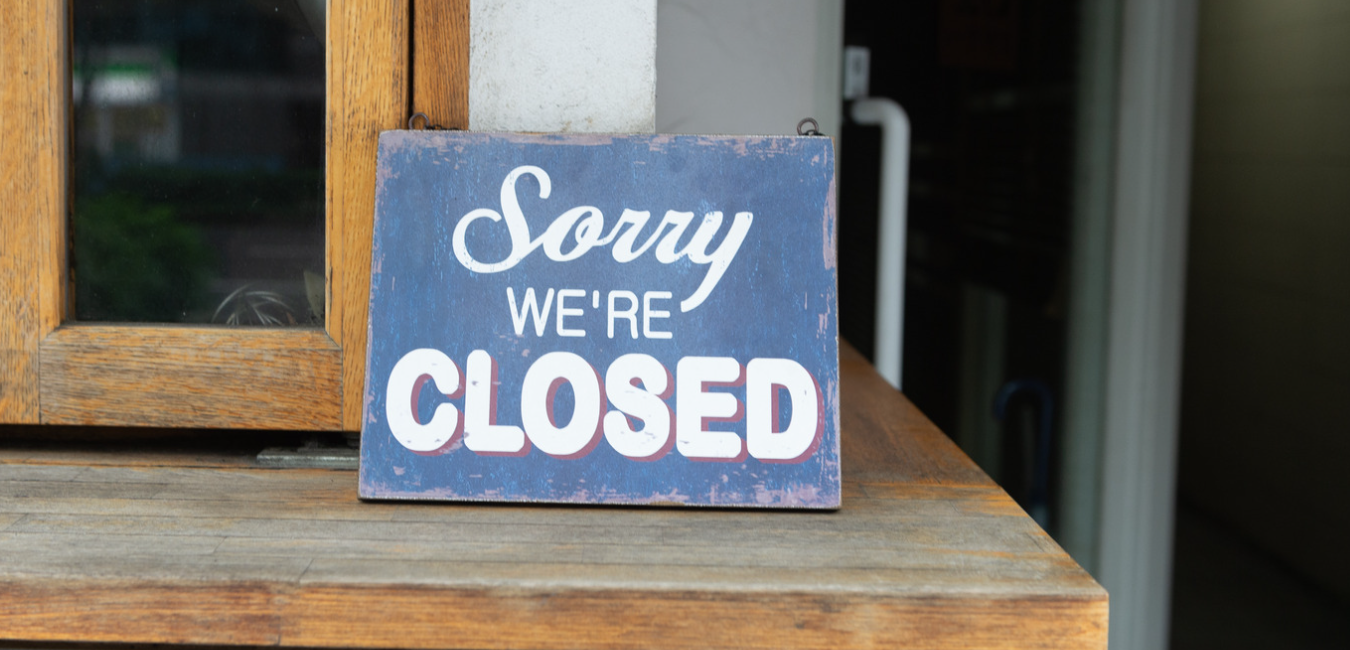I loved going to the mall when I was a kid. I’d meet up with my friends and peruse the trendiest stores with a pretzel in hand. What could be better than that?
At the time, our shopping options were relatively limited. After all, I frequented the mall and other brick-and-mortar shops before the rise of online shopping, when the only real alternative was to order clothes from a catalog.
But as online and in-app shopping improved over the past two decades, the need for shopping malls and in-store shopping waned. Why would we travel to the mall when we could more easily and efficiently order products from our computers and mobile devices?
Then, with the onset of COVID-19 people couldn’t visit stores in person, leaving us all completely dependent on ecommerce. But if I’m being honest, I didn’t really miss the in-store experience. Sure, I’d prefer to inspect items in person before buying, but the convenience of ecommerce far outweighed my desire to vet products in-store.
As of right now, most millennials don’t want to return to stores as they were before. Instead, we’re ready for what’s next. Are you?
A Changing Society for Millennials
At the start of the pandemic, rumors of a major urban exodus swirled: everyone is leaving the city for good! New York City is dead! And during the height of the pandemic, many people did, in fact, leave cities for a quieter, safer stay elsewhere. Eventually, though, most folks returned to their urban homes, swapping the country life for a more invigorating way of living.
But you know who didn’t return to cities in droves? Millennials.
No—we flocked to the suburbs, where housing costs were (slightly) more palatable than those in nearby cities. And now we’re here for good.
Just like my millennial peers, I now live in an area far from a major city. It’s nice and quiet and a great place to raise a family. But it’s not so great for shopping. I need to drive an hour to reach the nearest big city, which I don’t often want to do.
Instead, I’m outfitting my home to function like a city. I’ve set up an office and a gym so I don’t have to sacrifice those luxuries. (Which, by the way, is a fantastic opportunity for online retailers selling these ultra-hot products!)
The shopping landscape is changing dramatically, and it’s time for retailers to catch up if they haven’t already.
How Millennials Want to Shop
Most millennials prefer to shop online for convenience, but ecommerce has a long way to go before it completely surpasses in-store shopping.
Here are a few things millennials will demand from online retailers before we fully make the transition away from brick-and-mortar shopping:
- Easier returns. Returns are downright infuriating for millennials because they require us to visit the post office, an archaic establishment that we abhor. Companies such as Everlane and Amazon have attempted to make the return process less miserable through partnerships with PayPal’s Happy Returns, Kohls, and UPS, but those methods hinge on utilizing brick-and-mortar stores as drop-off locations.
I wish more businesses would ship items in a reusable/returnable bag along with a return label to make returning items less labor-intensive for customers. Plus, that would essentially eliminate our dependency on stores.
- More samples. I was recently browsing the internet for a new perfume when I realized that the whole process was pretty stupid. I couldn’t easily sample any fragrances, as the nearest store was located over an hour away, across state lines. How could I invest hundreds of dollars on a perfume I’d never even sniffed?
If certain online brands were able to distribute more samples of their products, their sales would likely increase. Sure, the upfront cost would be irritating, but the payoff could be extraordinary.
- Faster supply chain. Ok, this one is tough and largely out of individual retailers’ control, but the supply chain is preventing me from buying high-ticket items, like furniture. I put up with the lagging supply chain for two years out of absolute necessity, but I’m over it now, and I can’t imagine that I’m alone.
I no longer purchase furniture with lead times longer than one month. And that’s really limiting my options! I recently contemplated buying a table lamp until I realized that it wouldn’t ship for 5 months. What the hell is that? Who is willing to buy a lamp that they can’t use for half a year? Better yet, why is it even listed online for purchase? If furniture retailers want to keep millennial consumers, they need to retool their supply chain or, at the very least, adjust their marketing strategies.
I hate to say it because I have such nostalgic memories of the mall, but I think the in-store day of reckoning is nearly upon us, at least for millennial consumers. Are you prepared for this shift? Contact Sophelle today for an ecommerce strategy that will keep you prepared.




